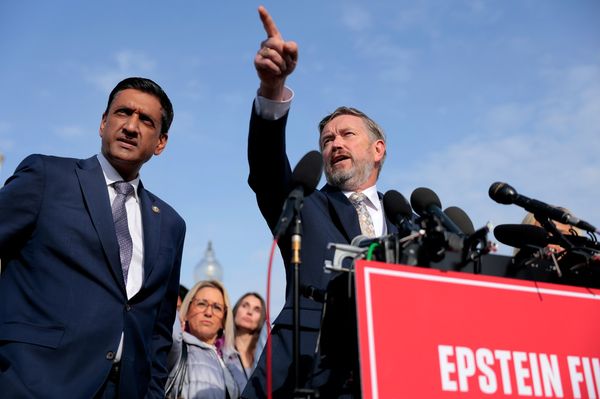
A high-speed train linking Sydney and Newcastle could cut the journey to an hour by 2039, an independent transport advisory body says, but more evidence is needed to justify prioritising that section over Melbourne and Brisbane connections.
Infrastructure Australia said it supported a business case by the federal government’s High Speed Rail Authority (HSRA) moving to a further development phase.
The rail authority’s plan envisages a high-speed link from Newcastle to the Central Coast opening by 2037. It would then connect to Sydney’s CBD two years later and western Sydney international airport by 2042.
But Infrastructure Australia wants to know why the New South Wales route should be built first – before lines linking Melbourne to regional Victoria, Canberra to Sydney, and Brisbane to south-east Queensland and northern NSW. A final stage would link all these lines together.
“Further detailed comparison of the Newcastle to Sydney section against other sections would help to justify why this section should be delivered first,” this week’s evaluation of the HSRA business case stated.
Sign up: AU Breaking News email
Under the business case submitted to Infrastructure Australia in December 2024, construction would start in 2027 on 194km of new line, including six stops at Newcastle, Lake Macquarie, the Central Coast, Central station, Parramatta and western Sydney airport.
About 115km – or almost 60% – would be in tunnels. There would be 41km of surface track and 38km of bridges and viaducts.
Infrastructure Australia said maximum speeds would be reduced by 40% – from 320km/h to 200km/h – within tunnelled sections but HSRA has said this would have a minimal impact on travel times.
The journey between Newcastle and Sydney at present takes about two hours and 35 minutes – about 30 minutes slower than driving.
The fast train would take one hour. Newcastle to Parramatta would take another 15 minutes, with a further 15 minutes getting passengers to western Sydney airport in 1.5 hours overall.
Infrastructure Australia’s evaluation does not include costings to “protect commercial sensitivities during future procurement processes”.
Modelling for the NSW government reportedly predicted the project would cost about $30bn. Infrastructure Australia said the large amount of tunnelling involved could cause the budget to vary “considerably”.
The NSW premier, Chris Minns, said on Thursday he was “supportive of federal government support for big public transport projects”.
“I would love to see it up and running,” the Labor leader said.
“But the truth of the matter is, the federal government’s got way deeper pockets than NSW. If it’s an initiative that they want to pursue, it’s great for NSW, I’m not going to stand in the way.”
Minns said NSW would fast-track planning, grant access to easements and “roll out the red carpet”.
Australian governments have been investigating high-speed rail since the 1980s. A 2013 report on the potential for a network linking Australia’s east coast cities recommended the Newcastle to Sydney connection should be built after Sydney was linked to Canberra and Canberra to Melbourne.
Infrastructure Australia said on Wednesday that HSRA had presented a “well-evidenced case” on why the Newcastle-Sydney corridor should be developed first – including tourism in the region and punctuality problems.
The evaluation report said it was the most unreliable route in the greater Sydney area in 2024, with fewer than 79% of trains meeting on-time targets.
But Infrastructure Australia cast doubt on a high-speed line boosting housing development in the region and called for further analysis.
It said travel time savings would contribute only about 6% of the cost-benefit, noting that the line was projected to result in only 5% of journeys switching from cars.
“Analysis completed by HSRA demonstrates that only under low cost and high benefit scenarios would the benefits … be expected to outweigh its costs,” Infrastructure Australia said.
The evaluation will now be submitted to the federal government for consideration.







